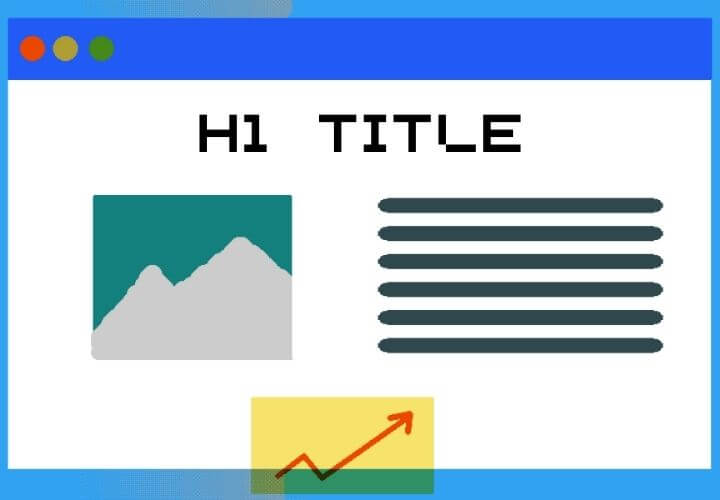Are you looking for a way to supercharge your WooCommerce store with customisable forms? Gravity Forms WooCommerce integration is the ultimate solution. This powerful combination allows store owners to create dynamic forms, offer personalised product options, and automate their workflows.
In this guide, we’ll take you through everything you need to know about using Gravity Forms with WooCommerce whether you’re a small business owner, developer or eCommerce enthusiast, this guide will help you unlock the full potential of Gravity Forms in your WooCommerce store.
Understanding Gravity Forms?
What is Gravity Forms?
Gravity Forms is a premium WordPress form builder plugin that allows users to create custom forms effortlessly. It’s widely known for its flexibility, ease of use and powerful features, making it ideal for contact forms, surveys, payment forms and much more.Key Features of Gravity Forms
- Drag-and-drop builder for creating forms without coding
- Conditional logic to display fields based on user selections
- Multi-page forms to improve user experience
- File uploads for user-generated content
- Third-party integrations for email marketing, CRMs, and payment gateways
Why Extend WooCommerce with Gravity Forms?
The default WooCommerce product options can be limiting. Gravity Forms allows you to:- Add custom fields to product pages
- Create pricing variations based on user input
- Enable dynamic order calculations
- Provide interactive and user-friendly forms
Integrating Gravity Forms with WooCommerce
Requirements for Integration
Before getting started, ensure you have:- A WordPress website
- WooCommerce installed and activated
- Gravity Forms plugin (premium version)
- Gravity Forms Product Add-ons extension
Installing Gravity Forms
- Purchase and download Gravity Forms from the official website.
- Upload and activate the plugin in WordPress.
- Enter your license key to enable automatic updates.
Installing WooCommerce
- Navigate to Plugins > Add New in WordPress.
- Search for WooCommerce and install it.
- Follow the setup wizard to configure your store.
Connecting Gravity Forms to WooCommerce
- Install the Gravity Forms plugin.
- Install the Gravity Forms Product Add-ons for WooCommerce plugin
- Create a form in Gravity Forms with product fields.
- Assign the form to a WooCommerce product using the add-ons plugin.
Key Features of Gravity Forms WooCommerce Integration
Conditional Logic for Smart Forms
Conditional logic in Gravity Forms dynamically shows or hides fields based on user selections, streamlining checkout by displaying only relevant options. This simplifies product customisation, reduces clutter and enhances the overall shopping experience.Dynamic Product Configuration
Lets customers personalise purchases with text inputs, dropdowns, checkboxes, and file uploads, providing a seamless, real-time customisation experience while simplifying product management for businesses.Custom Pricing Fields
Adjust product prices in real-time based on user selections, ensuring accurate costs for personalised products, service-based pricing and bulk discounts while enhancing transparency and the shopping experience.Advanced User Input Options
Offers advanced input options like file uploads, date selection and custom text fields, enabling personalised orders and helping businesses collect precise customer details for a seamless shopping experience.Setting Up Gravity Forms for WooCommerce
Creating a New Form
- Navigate to Forms > New Form in WordPress.
- Add relevant fields such as name, email, and product options.
Adding Product Fields
- Use the Product field to define product details.
- Assign pricing based on user inputs.
Configuring Pricing Options
- Use Calculation Fields to dynamically adjust pricing.
- Set up discounts based on quantity or options selected.
Enabling Conditional Logic
Use conditional logic to display different options based on customer preferences.Using Gravity Forms for Custom Product Add-ons
Customising Product Options
Allows customers to personalise products by adding names, uploading images, or submitting special requests. Whether it’s engraving a name on a gift, uploading a logo for printing or specifying custom details, these options enhance user experience and provide a seamless way to create unique, tailored products.Adding Multiple Variants
Offer multiple product variations, such as size, colour, or material, with automatic price adjustments. Customers can easily select their preferred options, and the total cost updates in real time. This feature enhances flexibility, simplifies complex product configurations and improves the overall shopping experience.Allowing User File Uploads
Allows customers to upload images, documents, or design files directly on the product page for personalised orders. This is ideal for custom prints, engraved gifts or branded merchandise, ensuring businesses receive the exact files needed. It streamlines the ordering process and enhances the customer experience.Automating Workflows with Gravity Forms WooCommerce
Setting Up Automated Emails
Automated emails send order confirmations to customers and notifications to admins, ensuring seamless communication, keeping customers informed and helping businesses manage orders more efficiently.Integrating with CRM and Email Marketing
Gravity Forms integrates with CRM and email marketing tools like Mailchimp and HubSpot, enabling automated follow-ups, customer segmentation, and personalised email campaigns to enhance engagement and streamline business processes.Order Processing Automation
Gravity Flow automates order processing by setting up workflows for approvals, tracking, and notifications. This streamlines operations, reduces manual tasks, and ensures a smooth customer experience from purchase to delivery.Enhancing User Experience with Gravity Forms
Improving Checkout Process
Gravity Forms streamlines checkout by using interactive, user-friendly forms, reducing friction and making the purchasing process faster and more efficient.Collecting Customer Preferences
Allows businesses to collect detailed customer preferences, such as product customisations or delivery instructions, ensuring a personalised shopping experience and enhancing customer satisfaction with tailored orders.Advanced Gravity Forms WooCommerce Features
Using Hooks and Filters for Customisation
Gravity Forms hooks and filters allow developers to customise forms, modify field behaviour and integrate with other systems, providing greater flexibility and tailored functionality to meet specific business needs.Adding Conditional Discounts
Gravity Forms allows businesses to apply conditional discounts based on customer selections or order quantity, automatically adjusting prices to encourage bulk purchases and enhance the shopping experience.Enabling Subscription-Based Products
Gravity Forms enables subscription-based products by allowing businesses to set up recurring payment options, making it easy to manage memberships, services or ongoing product deliveries with automated billing.Conclusion
Gravity Forms WooCommerce integration opens up a world of possibilities for eCommerce stores. By using dynamic forms, custom product add-ons and automated workflows, businesses can enhance the shopping experience and increase conversions. Whether you want to add personalised product fields, automate order processing or improve checkout usability, Gravity Forms provides the tools to do it all seamlessly.Frequently asked questions
No, Gravity Forms is a premium plugin and you’ll need the Gravity Forms Product Add-ons extension to integrate with WooCommerce.
Yes, Gravity Forms allows customisation for both physical and digital products, making it versatile for any store.
Yes, Gravity Forms integrates with multiple payment gateways like PayPal, Stripe and Square.
You can enable CAPTCHA, honeypot fields and anti-spam plugins to protect your forms.
Yes, you can create dynamic pricing structures using conditional logic and calculation fields.



